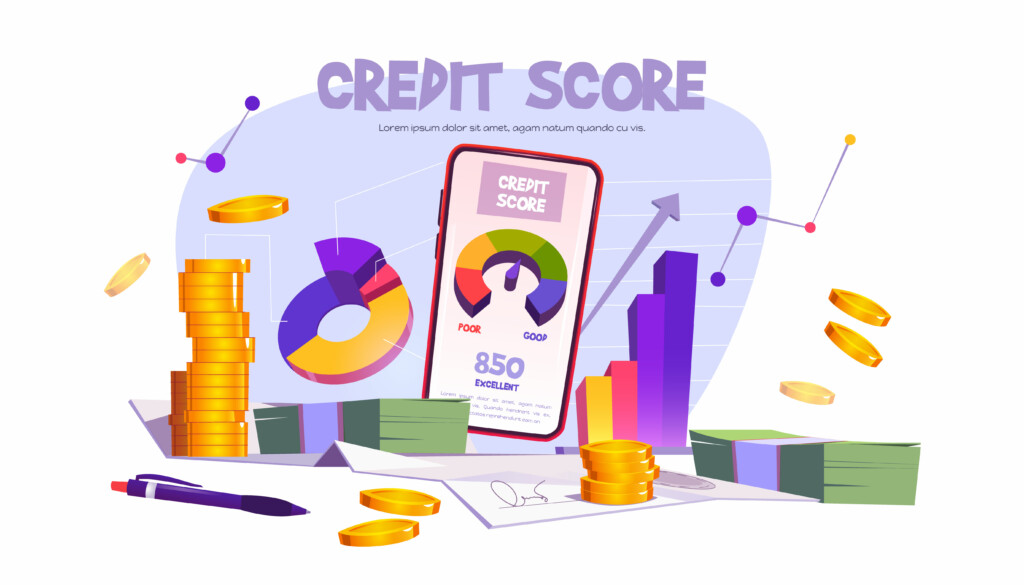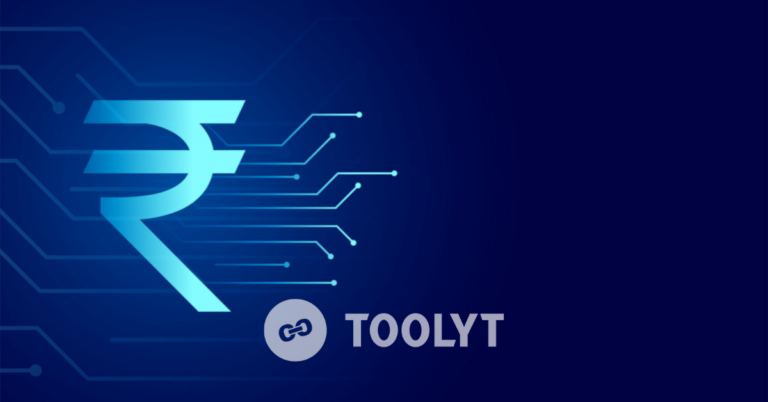Indian digital lending has already entered a new era with the advent of digital lending. With over 190 million Indian adults without bank accounts, this market opportunity represents the future of lending. With digital lending exponentially increased from USD 33 billion in FY15 to USD 150 billion in FY20 and is projected to reach USD 350 Billion by FY23.
Digital Lending Changing Indian Lending Sector
Advancements in cloud computing, artificial intelligence, and blockchain, as well as faster and more affordable internet connectivity, have sparked the rise of FinTech start-ups. It is also no surprise that lending is also becoming more “digitalized” thanks to advances in cloud computing, artificial intelligence, and blockchain. The lending projection clearly indicates how the Digital lending sector has taken over the lending sector and continues to boom over a period of time.
But, at the same time there has been a growing concern regarding transparency, charging usurious interest rates, pursuing aggressive recovery practices, and committing fraud and breach of data privacy. As a result of concerns that lending apps were taking advantage of borrowers, the Reserve Bank of India released guidelines on digital lending platforms for ensuring orderly growth of the lending ecosystem and building healthy credit habits in consumers.
Lizzie Chapman, CEO of Zest Money quoted “ We see these guidelines as extremely positive measures for customers and thereby fintech companies who follow industry best practices. Specific to digital lending, we also believe the guidelines make it abundantly clear that India will not be a market where regulatory loopholes can be exploited to build businesses.”
(The Economic Times)
Giving the consumers the top priority, RBI firmly stated that Lenders will be prohibited from increasing a borrower’s credit limit without their approval, and the annual loan rate must be disclosed in unambiguous terms. The rules also state that digital lending applications (DLA) must obtain prior consent from borrowers before collecting any data and that any such requests must be “need-based.”
RBI Guidelines:
In response to the input received from the Working Group on ‘Digital Lending’ (WGDL), The Reserve Bank of India (RBI) has set up a regulatory framework intended to ensure orderly growth of online lending.
The new regulatory framework is as follows –
a. Customer Protection and Conduct Issues –
1. All loan disbursals and repayments are required to be executed only between the bank accounts of borrower and the RE without any pass-through/ pool account of the LSP or any third party.
2. Any fees, charges, etc., payable to LSPs in the credit intermediation process shall be paid directly by RE and not by the borrower.
3. A standardized Key Fact Statement (KFS) must be provided to the borrower before executing the loan contract.
4. All-inclusive cost of digital loans in the form of Annual Percentage Rate (APR) is required to be disclosed to the borrowers. APR shall also form part of KFS.
5. An automatic increase in credit limit without explicit consent of borrower is prohibited.
6. A cooling-off/ look-up period during which the borrowers can exit digital loans by paying the principal and the proportionate APR without any penalty shall be provided as part of the loan contract.
7. REs shall ensure that they and the LSPs engaged by them shall have a suitable nodal grievance redressal officer to deal with FinTech/ digital lending related complaints. Such grievance redressal officer shall also deal with complaints against their respective DLAs. The details of the Grievance redressal officer shall be prominently indicated on the website of the RE, its LSPs and on DLAs, as applicable.
8. As per extant RBI guidelines, if any complaint lodged by the borrower is not resolved by the RE within the stipulated period (currently 30 days), he/she can lodge a complaint under the Reserve Bank – Integrated Ombudsman Scheme (RB-IOS).
b. Technology and Data Requirements
1. Data collected by DLAs should be need based, should have clear audit trails and should be only done with prior explicit consent of the borrower.
2. Option may be provided for borrowers to accept or deny consent for use of specific data, including option to revoke previously granted consent, besides option to delete the data collected from borrowers by the DLAs/ LSPs.
c. Regulatory Framework
1. Any lending sourced through DLAs (either of the RE or of the LSP engaged by RE) is required to be reported to Credit Information Companies (CICs) by REs irrespective of its nature or tenor.
2. All new digital lending products extended by REs over merchant platforms involving short term credit or deferred payments are required to be reported to CICs by the REs.

One of the leading DLA (Digital Lending Applications) players in the country Lentra offers banks a zero-risk instant lending solution that makes banks future ready.
Sanjay Kao, EVP APAC of Lentra stated “He believes fintechs need to proactively work with the regulators and develop solutions under the regulatory umbrella. In turn, the regulator must level the playing field and encourage and facilitate innovation. Also, fintech needs to set in place adequate and transparent risk management controls. This will increase customer confidence and market acceptance and provide the financial stability that will enable them to thrive in a more regulated business environment.”
(The Economic Times)

As Toolyt mobile-CRM plays a vital role in automating the workflows for digital lending applications making the loan disbursement faster, improving the borrower’s experience and ensuring there is zero data- leakage.
After years of managing & providing services for Banks & NBFCs across the country, we’re very satisfied with the new set of recommendations for digital lending as it promotes more regulation of fintech, offers better transparency, privacy, and oversight of entities regulated by RBI, improves data safety for borrowers, and enhances customer protection.





